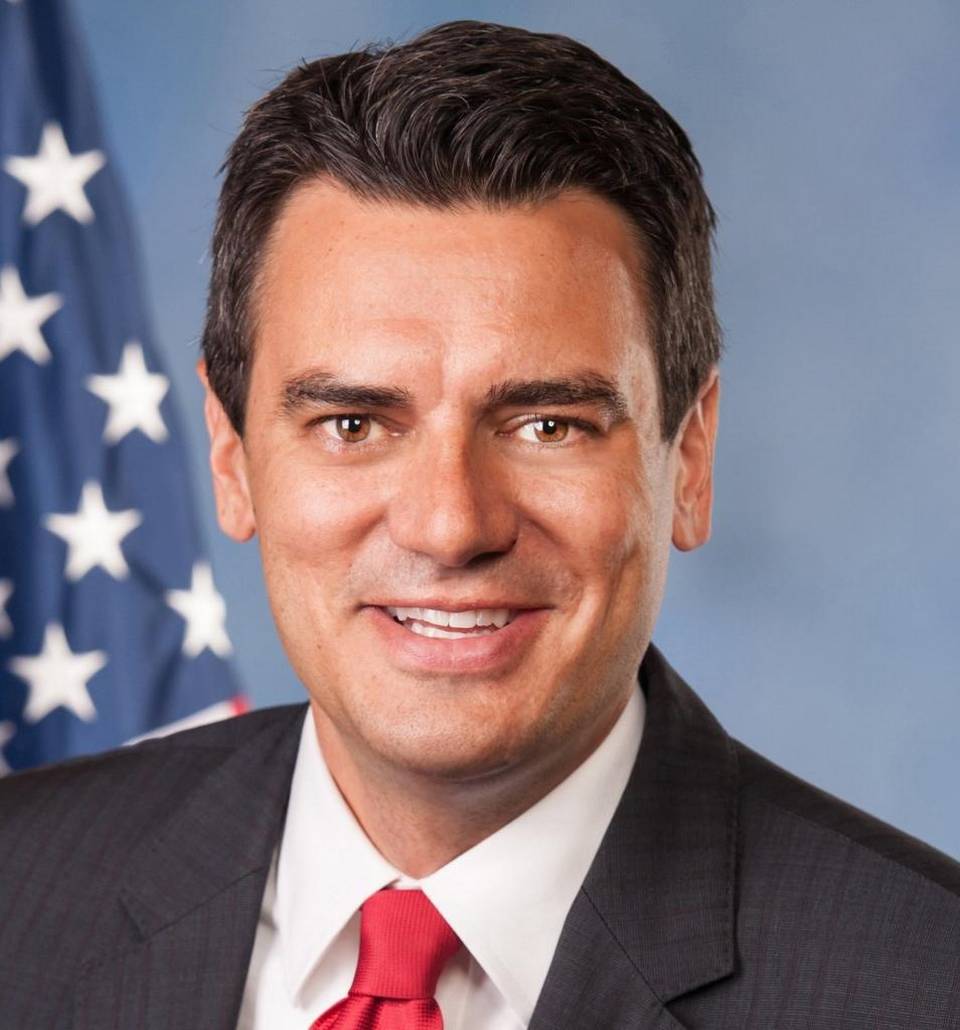The Cook Political Report, a newsletter than analyzes elections and campaigns, theorizes that Congressmen Kevin Yoder and Ron Estes may face headwinds in the November election. The report used seven factors to determine which Congress Republican members faced the biggest risks come election night.
The Cook report’s risk factors include:
- Serving in a district with voter registration numbers that give a Republican only a slight edge or less;
- Serving in a district Hillary Clinton won in 2016
- Receiving 55 percent of the vote or less in 2016 (or in a special election)
- Voting in favor of health care reform
- Voting in favor of federal tax reform
- Raising less money than a Democratic opponent
- And having a Democratic opponent with $200,000 or more cash-on-hand as of March 31

Yoder has all but one of the risk factors. Yoder serves in Kansas Third Congressional District, which includes Johnson and Wyandotte counties. Though he won handily in 2016, he only received about 52 percent of the vote in the Third District in which Clinton very narrowly beat President Donald Trump in 2016. Yoder has about $2 million in cash on hand for his upcoming race. Cook reports that one of his Democratic opponents has about $362,000 in cash-on hand.
Estes has three risk factors, including voting in favor tax and health care reforms. Cook calls both affirmative votes risk factors based on polling. The public release of those polls doesn’t break down the results by district, but it’s probably a safe assumption that Estes’ deep-red Fourth District approves of tax reform at higher rates than Gallup’s poll of all Americans. Recall how Clinton won the popular vote garnering 48 percent, while Trump won the election by earning 46 percent of the popular vote. If and when pollsters over count populous states like California, the polls don’t reflect the rest of America. Cook links

to a Gallup poll that shows 52 percent of Americans disapprove of the tax reforms versus 39 percent who approve. Estes’ third risk factor is receiving less than 55 percent of the vote in his last election. That election, held last April, was a special election to replace Congressman Mike Pompeo.
Cook’s latest ratings suggest 56 GOP-held seats and six Democratic-held seats vulnerable. Despite headlines that may be striking fear in the hearts of Republicans and joy in the hearts of Democrats, the real take away is what Democrats will need to accomplish to gain control of the U.S. House.
“Even if Democrats were to pick up two-thirds of those seats, they would still need to hoold all of their own seats and defeat 13 Republican incumbents to reach the magic number of 218,” the Cook report reads.

